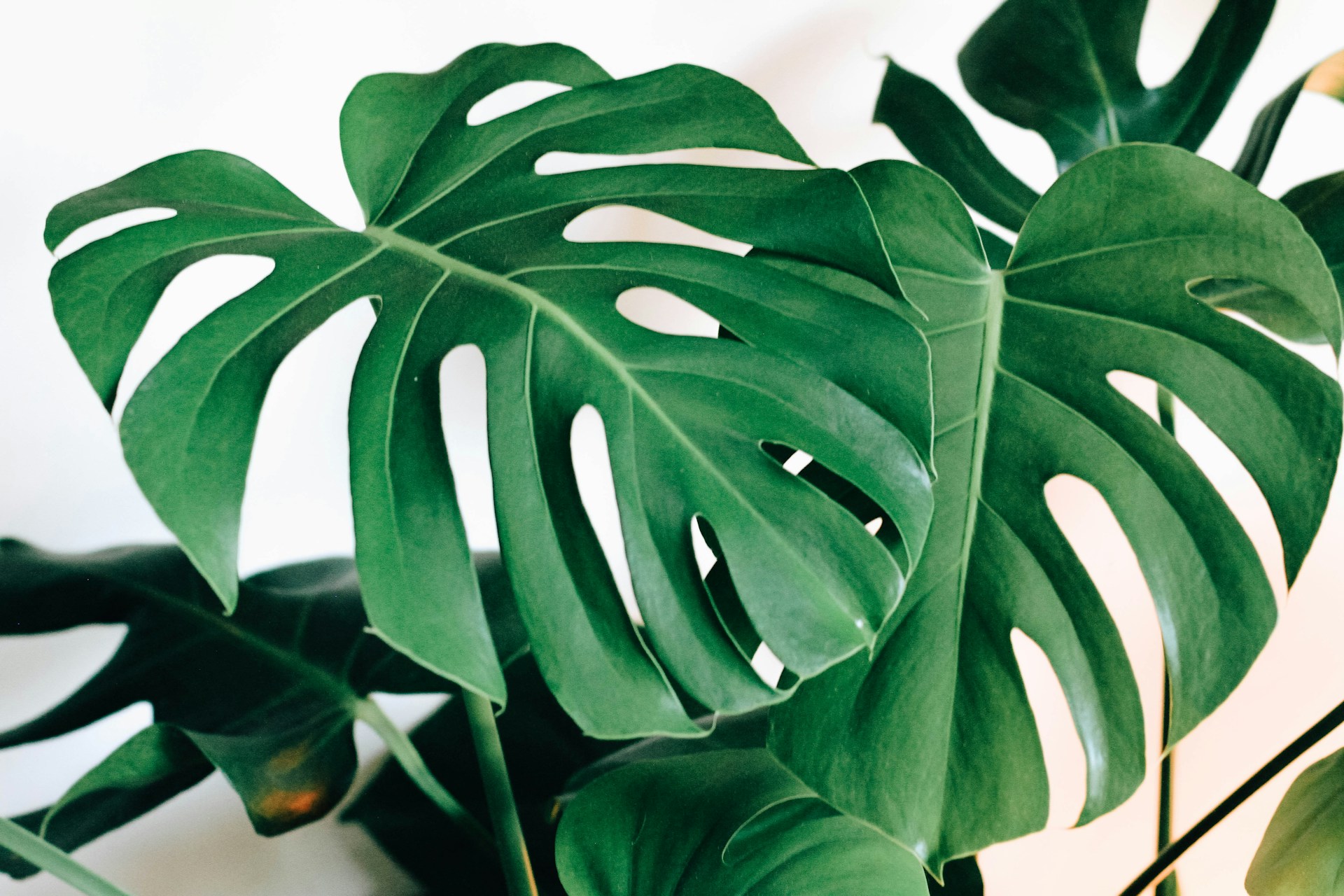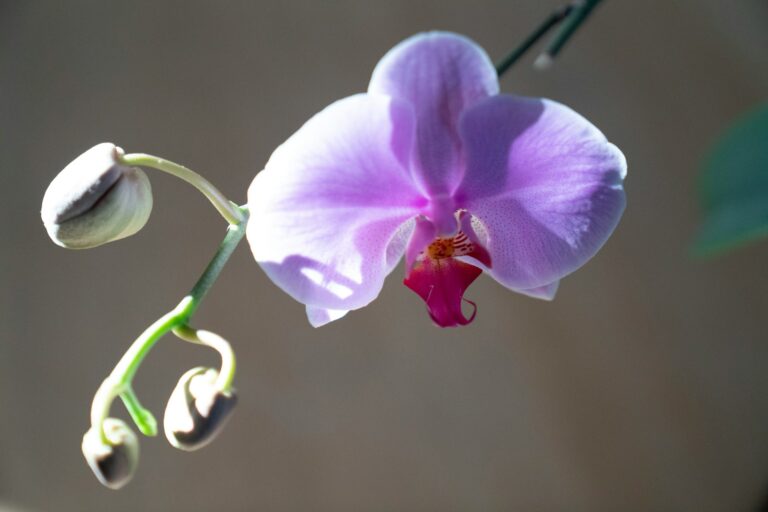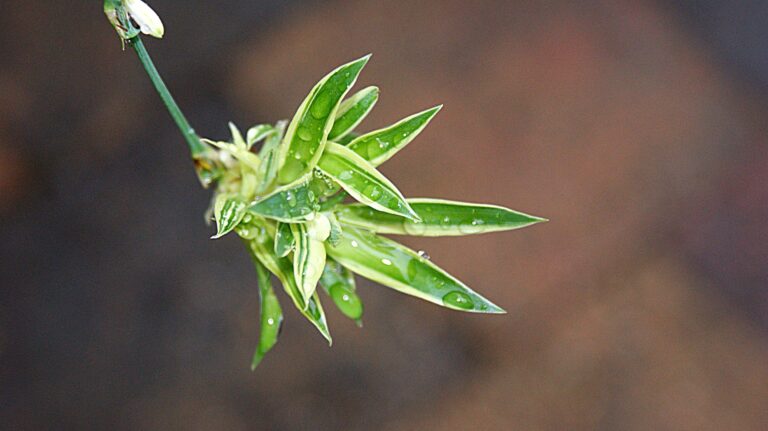The Monstera plant, particularly Monstera deliciosa, is an iconic houseplant known for its lush foliage and unique leaf shapes. Native to the tropical regions of Central and South America, this plant thrives in warm and humid environments, making it an excellent addition to indoor gardens.
Understanding the proper Monstera deliciosa care, especially the watering schedule for Monstera, is crucial to ensure a healthy and vibrant plant.
However, many plants that thrive in warm areas require adequate water to grow. You must know how to water a monstera plant to have a beautiful indoor plant.
So, how do you water a monstera plant? The best way to water the plant is to create a watering schedule or water only when the top inch of the soil is dry. Besides that, you can measure the moisture content in the soil to ensure the soil is dry before watering. Ensure the soil is always moist and not soggy for the plant to thrive.
How to waste a fiddle leaf fig tree
How to Water a Monstera Plant
The best way to water a monstera plant is to create a watering schedule or water only when the top inch of the soil is dry. Additionally, you can measure the moisture content in the soil to ensure it’s dry before watering. Ensure the soil is always moist but not soggy for the plant to thrive.
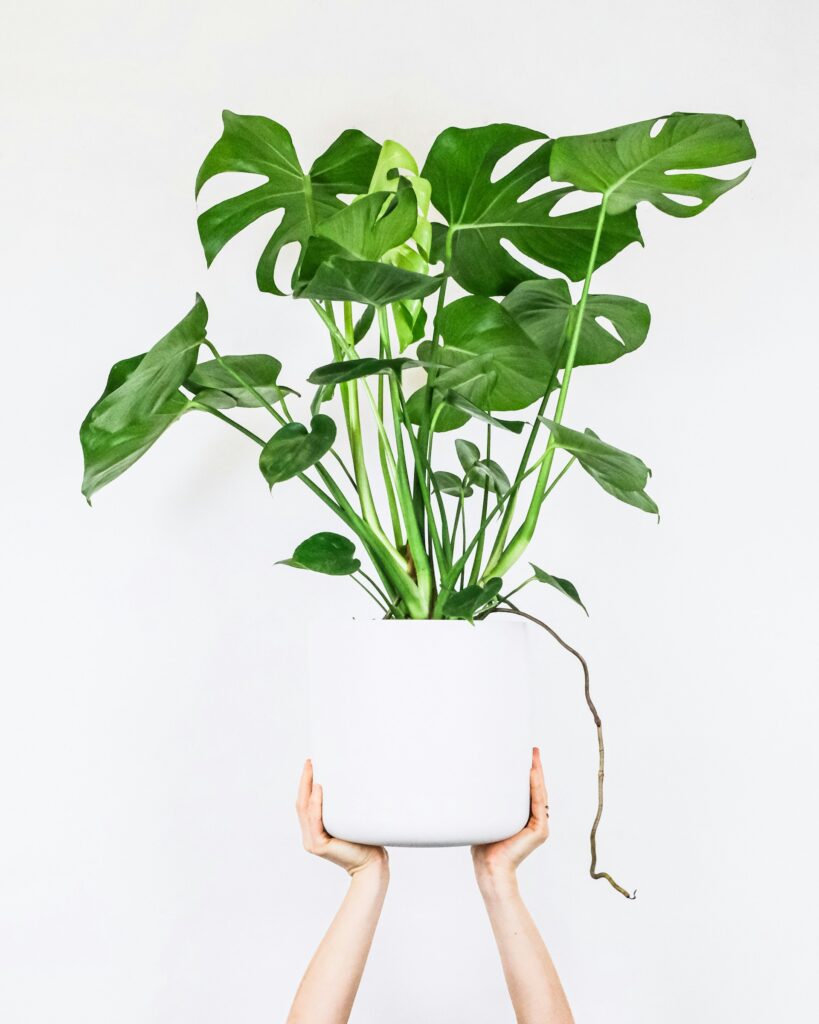
The best time to water your Monstera plant is in the morning. Morning watering allows the plant to absorb the moisture and utilize it throughout the day, promoting healthy growth and preventing issues such as root rot. Watering in the morning also allows any excess moisture on the leaves to dry off during the day, reducing the risk of fungal diseases.
Avoid watering your Monstera plant in the evening or at night. Watering late in the day can leave the foliage damp overnight, creating a favorable environment for fungal diseases and pests.
When giving the plant water, ensure that it receives a moderate amount such that the top one or two inches of the soil feel moist. You can use different methods to test whether the topsoil is moist, including the finger test or a moisture meter.
How to test moisture content in the soil?
You can use a few different methods to test the moisture level effectively. Here are three commonly used techniques:
How to water a monstera plant?
Now that you know the best time to water the plant, you also need to know the correct method of watering.
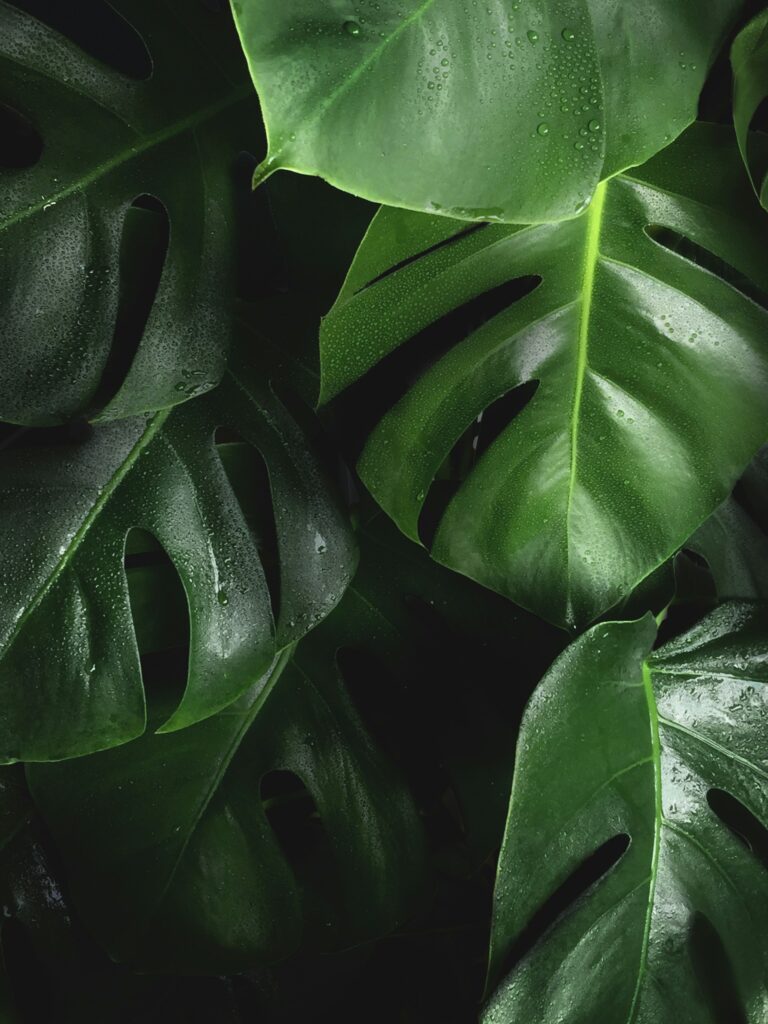
There are two primary methods for watering your Monstera plant: the top watering and bottom watering methods. With the top watering method, you can use a can and slowly add water until it starts to drain out through the drainage holes. With the bottom watering method, you can place the plant in a container with water and allow the water to soak up through the drainage holes.
Here are the steps to water your Monstera plant effectively:
Check the Soil Moisture
Before watering, check the soil’s moisture level using the methods mentioned earlier, such as the finger test or a moisture meter. Ensure the top inch or two of the soil has dried out before watering.
Choose the Correct Watering Method
Top Watering
Pour water directly into the soil around the base of the plant until it starts to drain out of the bottom of the pot. Ensure that water reaches all soil areas, allowing it to fully absorb moisture. Avoid splashing water on the leaves, as it can lead to fungal issues.
Bottom Watering
Place your Monstera pot in a tray or basin filled with water. Allow the plant to soak up the water through the drainage holes at the bottom of the pot. After 15-20 minutes, remove the pot from the tray and let any excess water drain out completely.
Use Room Temperature Water
When watering the plant, ensure that you use room-temperature water. Avoid using extremely cold or hot water, as it can shock the roots and potentially harm the plant. Let the water sit for a while to dissipate any chlorine or chemicals before watering.
Ensure Proper Drainage
Monstera plants prefer well-draining soil. Purchase the best potting soil that has proper drainage and can allow excess water to drain to the bottom of the pot. Also, ensure that your pot has drainage holes at the bottom to allow excess water to escape. This prevents waterlogging, which can lead to root rot.
Tips for watering Monstera plants?
Creating a good watering schedule for Monstera can be challenging for some gardeners; however, you can use your knowledge about your plant, location, and environment to create a better watering schedule for Monstera.
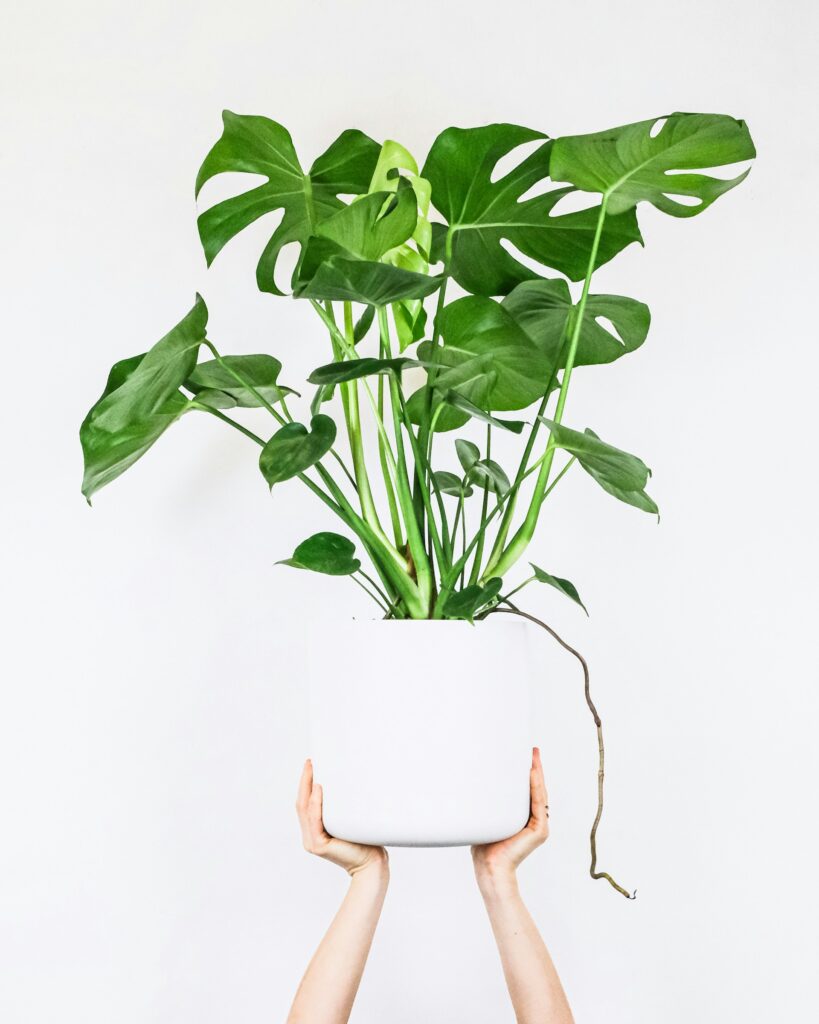
Here are some tips to remember when watering to help you create a good watering schedule for Monstera:
- Whether you choose the top or bottom watering technique, ensure the water reaches the root zone effectively. Watering at the base of the plant allows the roots to absorb moisture efficiently.
- Ensure your Monstera plant is potted in a container with drainage holes at the bottom. This promotes good drainage and prevents water from pooling at the roots, which can lead to root rot. Never let your Monstera sit in standing water.
- Monstera plants may require more frequent watering during the warmer months when evaporation rates are higher. In contrast, they may need less water during the cooler months. Adjust your watering schedule accordingly to accommodate seasonal changes.
- Consider the temperature and humidity levels in your home or the specific location of your Monstera. Higher temperatures and lower humidity levels may necessitate more frequent watering, while cooler temperatures and higher humidity levels may require less watering. Be mindful of these factors when establishing your watering routine.
- Pay attention to the condition of your Monstera plant. Wilting and drooping leaves can indicate underwatering, while yellowing leaves or signs of root rot may indicate overwatering. Adjust your watering schedule based on the plant’s response to ensure it receives the right moisture.
- When you water your Monstera, aim to saturate the soil to ensure adequate hydration. However, be cautious not to overwater and let the plant sit in waterlogged soil. Allow the soil to dry out slightly before watering again.
- Use room-temperature water for your Monstera. Avoid using too hot or cold water, as extreme temperatures can shock the plant’s roots. Let the water sit for a while to dissipate any chlorine or chemicals before watering.
- Consider using a moisture meter: Invest in a moisture meter to accurately gauge the moisture level in the soil. This can help you determine the optimal time to water your Monstera and prevent overwatering or underwatering.
- Monitor humidity levels: Monstera plants prefer a moderately humid environment. If the air in your home is dry, consider using a humidifier or placing the plant on a humidity tray filled with water and pebbles. This can help maintain adequate moisture levels around the plant.
Conclusion
Proper Monstera deliciosa care, particularly understanding the correct watering schedule for monstera, is essential for maintaining a healthy and vibrant plant. By regularly monitoring soil moisture using methods such as the finger test or a moisture meter, and choosing between top-watering and bottom-watering methods, you can ensure your Monstera receives the right amount of water.
Remember to use room-temperature water and ensure proper drainage to prevent issues like root rot. Adjusting your watering routine according to seasonal changes, temperature, and humidity levels will help your Monstera thrive. With these guidelines, you can enjoy the lush, iconic foliage of a well-cared-for Monstera deliciosa in your indoor garden.
